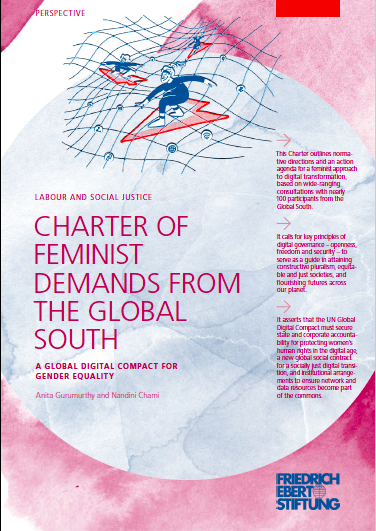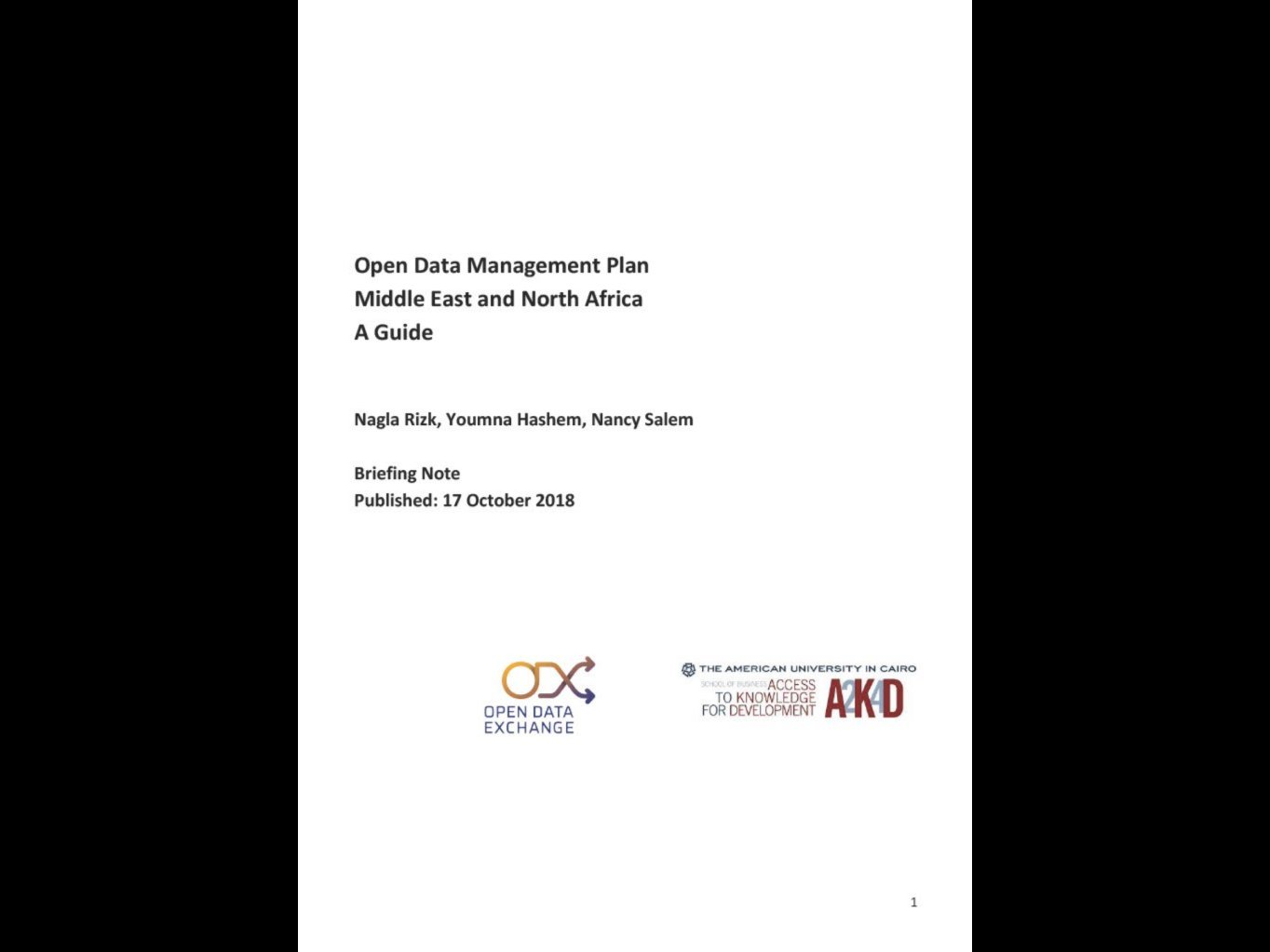- Over the past decade, there has been a digital transformation in the Middle East and North Africa (MENA) region, with governments recognizing the importance of digital technologies in achieving broader policy objectives.
AI Strategies in MENA
- Governments across the region have identified the potential for Artificial Intelligence (AI) to disrupt the MENA region’s markets and tech ecosystem as well as the public sector, and have begun developing and publishing their own AI strategies.¹
- Currently, 7 countries out of 19 in the MENA region have published their national AI strategies, including the United Arab Emirates, Qatar, Saudi Arabia, Egypt, Oman, Tunisia, and Jordan.² The initiative for MENA governments to develop AI strategies emphasizes the key role of AI in developing the region’s economy.³
- While several MENA governments have released AI strategies, the majority lack policies that ensure the responsible use of AI, as well as a published national framework for proper data and AI governance.⁴ Specific data protection authorities responsible for data governance have also not been identified or established.⁵ ⁶ This has translated into inefficiency, lack of sector-to-sector interoperability, digital fragmentation of the public sector, and duplication of efforts.⁷
- The majority of MENA countries do not have laws specific to data protection and AI ethics, however, Bahrain and the UAE Free Zones of the DIFC and ADGM are leading the way with vigorous data protection laws influenced by the EU’s 1995 Data Protection Directive.⁸ The UAE passed Federal Law No 2 of 2019 which regulates the use of technologies in the healthcare sector by raising the requirements for the protection of health data.⁹
- By successfully implementing a robust data governance framework that secures the protection of data, as well as building adequate digital infrastructure, governments in the MENA region will create an environment that enables the development of a digital economy that fuels innovation and is secure and inclusive.¹⁰
AI Deployment in MENA
- Strong commitment towards investing, developing and implementing AI technologies has been seen in the wealthier countries of the MENA region, such as the UAE, Saudi Arabia and Qatar. However, countries outside of the gulf have lagged behind due to gaps in key factors for AI development, such as access to skilled labor, data resources, investments and funding, and adequate infrastructure.¹¹
- Google’s "The Future of AI in the Middle East and North Africa '' report predicts that the MENA region will earn $320nn by 2030 from value added by AI, as well as experiencing an annual growth of up to 20-34% in economic contribution of AI across the region, with the UAE and Saudi Arabia experiencing the highest growth rates.¹²
- The most significant use of AI in the MENA region has been seen in the healthcare sector, particularly in diagnostics, telehealth, and drug discovery. Startups such as Umore and Humancy have created apps that use AI to track user health and well-being. The public sector has also implemented AI technologies, with the UAE’s Ministry of Health and Prevention introducing an AI-powered system to detect COVID-19 cases and Saudi Arabia using AI to diagnose and treat diabetic retinopathy.¹³
- Other sectors such as FinTech, have also incorporated the use of AI in investment detection making and fraud detection. UAE-based company Sarwa, which raised close to $25M in capital, is a startup that allows users to invest their money, trade stocks and ETFs, and buy and sell cryptocurrencies easily, all in one place.¹⁴
AI and the Workforce
- With youth unemployment rates in the MENA region being the highest in the world,¹⁵ job displacement is a key concern to many when speaking about AI. While one of the purposes of AI is automation and increased efficiency, which may result in job loss, this opens an opportunity for the re-skilling youth in the MENA region and equipping the workforce with new skills.¹⁶
- Governments in MENA must tackle the existing challenges in the region's digital transformation through not only investments in infrastructure, but investments in equipping the workforce with the adequate skills by introducing basic AI education in order for the workforce to contribute to the current AI revolution. This is key to prevent creating further gaps in wealth and education. An example from the region is the United Arab Emirates’ collaboration with the University of Oxford, an AI-dedicated university that aims to cultivate top AI talent.¹⁷






